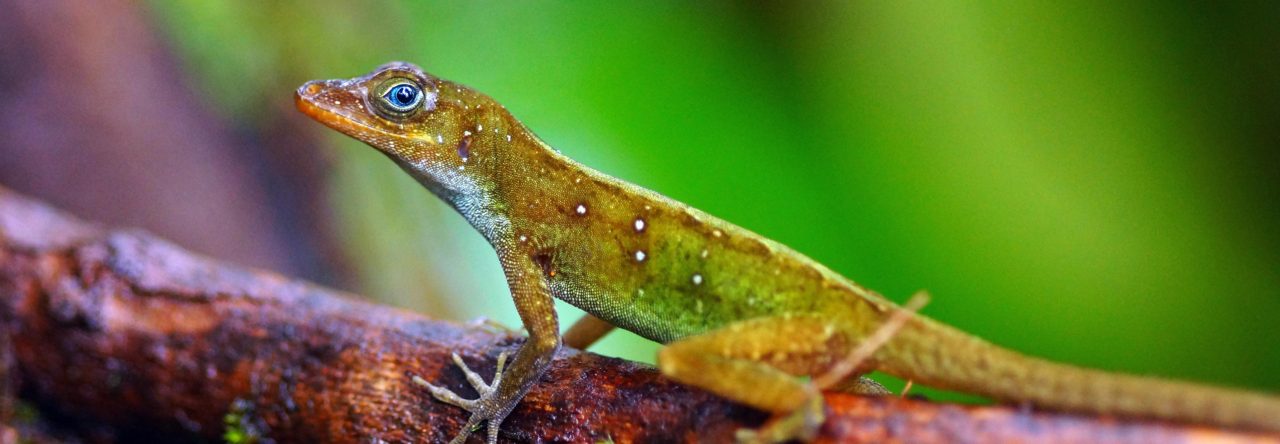Fig. 1. Anoles perched on various manmade surfaces
Lizards in the city are everywhere! Often you see them on buildings, statues, benches and other objects (Fig 1). These manmade structures are very different from natural substrates and thus might affect their locomotor ability and escape responses. This observation led me to develop questions around how lizards respond to incoming threats when using these artificial structures. I am very grateful that I got to “get my feet wet” tackling some of these questions during my master’s degree as a member of the Kolbe Lab in the University of Rhode Island.
In our recent paper, we contrasted the escape response of Anolis cristatellus in forests versus cities, and within the latter, between lizards perched on natural versus manmade surfaces. We selected this question because we believed that the heterogeneity of habitat structure in the city might influence the decision-making of flight responses. When a predator approaches, an animal should flee when the costs of staying outweigh the energetic costs of fleeing. Consequently, we hypothesized that the cost of flight varies when the animal is perched on smooth surfaces. However, we expected that city lizards should have reduced flight responses largely influenced by habituation to humans.
The bad habits of habituation
One of the major hurdles involved designing our project to separate the component of behavioral adjustments to humans versus structural habitat differences when contrasting escape responses. The literature often has used the concept of habituation as a discussion point when contrasting flight responses of habitats that differ in human activity. Only a few studies have attempted to quantify how human activity might influence escape responses. We explored this concept by sampling lizards perched on trees at edges of a forest trail or sidewalk that were frequently visited by pedestrians and cyclers. Lizards perched closest to the trail or sidewalk should be more exposed to human activity and respond with reduced flight initiation distance. We found that forest lizards perched at the edge of the trail had shorter flight initiation distances (Fig. 2). Lizards perched 4m away from the trail had longer flight responses. In contrast, city lizards sampled at trees along a sidewalk showed no difference in flight response with increasing distance from the sidewalk. With this, we were able to show how habituation influenced escape responses, possibly driven by the degree lizards were able to see human activity. At 4m from the forest trail, we had very limited visibility of the trail. In contrast, in the sidewalk at 8m away from the sidewalk, we could see the sidewalk, the road and the sidewalk at the other side of the road. However, more work specifically directed to tackle the concept of habituation is needed to understand its role in facilitating the successful colonization of urban habitats.

Fig. 2. Log flight initiation distance of lizards sampled with increasing distance away from a trail in the forest or a sidewalk in the city.
The wall
City lizards were abundantly using cement and metal structures. For this reason, we compared escape responses of forest lizards on trees to city lizards on cement, metal and trees. Most of the cement structures were large buildings, whereas metal often included fence posts and light fixtures. Both metal and cement are smoother than bark and greatly reduce stability during locomotion. When lizards run vertically on smooth surfaces, they are more likely to slip and fall. We hypothesized that such locomotor constraints should increase the cost of flight and thus lizards on manmade surfaces should have longer flight initiation distances. We found that forest lizards had the longest flight initiation distance (Fig 3). Surprisingly, we found that there was no difference in flight response between city lizards perched on trees and those on metal posts. Metal perches were often cylindrical and lizards could circle around the perch, breaking away from the line of sight. In contrast, cement walls were often long and required lizards to either slowly move up and out of reach or sprint longer distances to circle towards the next connecting wall. The ability to quickly hide with a short burst of movement decreased the cost of flight on metal posts.

Fig. 3. Flight initiation distance of forest anoles perch on trees and urban anoles perched on trees, metal posts and cement walls.
Escape in the city
We found that even though sprinting performance is lower on artificial perches, lizards often perch on these surfaces. It’s likely that behavioral modulation plays a role in increasing their success in evaluating predation risk when using these perches. If I were to continue this study, I would track individual lizards to contrast their response when perching on the various natural and man-made surfaces. Additionally, multiple tests on marked individuals would allow for a more appropriate test of habituation across these populations.






























